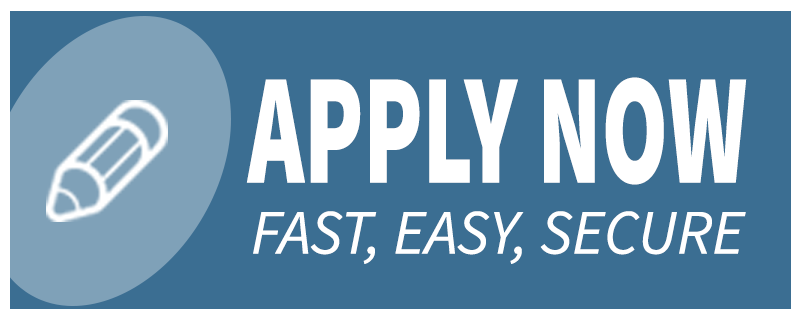October 3, 2016: New mortgage rules announced
2016-10-07 | 11:36:41
On October 3, 2016, Finance Minister Bill Morneau announced sweeping policy changes in the latest round of new mortgage regulations aimed at reducing overall risk in the housing market. In particular, the new rules set out to curb escalating housing prices by introducing three new policies: increasing tax fairness by limiting foreign ownership of Canadian real estate, increasingly shifting mortgage default risk from the taxpayer to the lenders, and ensuring that Canadians aren't taking on more debt than they can afford by tightening lending guidelines.
With respect to foreign real estate investments, the changes focus on a loophole in Canadian tax law which allows a non-resident to purchase a home in Canada and then get a tax exemption to avoid paying capital gains when they sell the home by claiming it as a principal residence. The government is basically taking measures to prevent foreign buyers from flipping homes. Anecdotally, it is believed that many such properties are being declared as principal residences when they are not. According to Mr. Morneau, going forward "an individual who was not a resident in Canada in the year the individual acquired a residence will not be able to claim the exemption for that year." The principal residence tax exemption will still be available, however, in situations where the buyer was a legitimate resident at both the time of purchase and the time of sale. It is believed that this change will help reduce at least some of the demand which is contributing to increased prices for housing.
The second major change to mortgage policy is still somewhat unclear, but it pertains to lenders taking on more of the risk for mortgage defaults. Of the 3 mortgage default insurers in Canada, CMHC is fully backed by the Canadian taxpayer while about 10% of both Genworth and Canada Guaranty are backed by the taxpayer. Although the arrears rate in Canada is less than 1%, it is believed that Mr. Morneau would like to implement some changes which will require lenders to pay a deductable on mortgage insurance, thereby increasing their funding costs. This would require lenders to hold additional capital against their mortgage portfolio, and would undoubtedly be passed on to the consumer in the form of higher rates. As we have seen, historically low interest rates have fuelled a spike in housing prices and it has been proven over time that rate increases can create an opposite effect.
But the policy changes that will have the greatest impact on borrowers deal with tightened lending criteria, as they will impact both existing borrowers as well as those looking to enter the housing market for the first time. Under current mortgage guidelines the "stress test" applies in 2 situations: where a borrower is getting a short term fixed rate of 1-4 years, and where a borrower is getting a variable rate mortgage. Up until now, lenders have been required to qualify these borrowers using the Bank of Canada's mortgage qualifying rate (MQR), which currently sits at 4.64%. In other words, even if the contract rate is half of the MQR, borrowers must be qualified at the higher rate in order to establish they would be able to withstand a rate increase. This is pretty self explanatory for a variable rate which might fluctuate, but even make sense for short term fixed rates. And that's not necessarily a bad thing, as it establishes peace of mind for both the borrower and the lender should rates increase.
However, effective October 17, 2016, even borrowers getting 5 year fixed rates will have to qualify at the MQR. So, even though 5 year money is currently in the neighbourhood of 2.39% - 2.59%, borrowers will have to be qualified as if the rate was 4.64%. Of course, this will now reduce how much money one can borrow and will price some home buyers right out of the market. Like the changes targeting foreign ownership, this regulation is expected to reduce the number of multiple offers which are putting upward pressure on housing prices.
That being said, existing homeowners will also be affected by the expanded stress test. Effective November 30, 2016, anyone looking to refinance will be subject to the new qualifying guidelines. Needless to say, there are some huge implications here. Will someone who is looking to consolidate debt be able to cover all of their debt? Will they be forced to downsize from a home they already live in because of these new qualifying rules?
Wait, there's more. Perhaps the most noteworthy policy change is that low ratio mortgages will now be qualified using the same criteria as high ratio mortgages. A high ratio mortgage is one where the down payment is at least 5% but less than 20%, and the client must pay the mortgage default insurance premium by adding it to their loan amount. In contrast, a low ratio mortgage is one where the down payment (or equity if it's a refinance) is 20% or greater and the insurance premium is typically covered by the lender. This is known as bulk insurance. According to the new lending guidelines the eligibility criteria for low ratio (bulk insured) mortgages must now meet the same criteria that has up until now only been applied to high ratio mortgages. Translation: starting November 30, 2016, bulk insurance can no longer be used if the amortization is greater than 25 years, if the property is a rental or if the home is $1 million or greater.
Although the policy change with respect to foreign ownership and tax fairness has been well-received in online commentary, many in the mortgage industry feel that Mr. Morneau's announcement was overall, both rash and made without proper consultation of industry stakeholders and consumers. As it stands, it has been a few days since the announcement was made and there are still several unknowns. For example, how will the rules apply to existing homeowners who are simply looking to renew? Do the new rules apply if they stay with their current lender? What happens if they switch lenders in favour of a better rate? There seem to be many unanswered questions and one can't help but feel there will be many unintended consequences here.
As a side note, there is also widespread speculation that Ontario will follow in the footsteps of British Columbia and impose a 15% tax on foreign buyers in the not too distant future. Probably not a bad idea. But will Ontario make the same mistake as BC and apply this tax retroactively and jeopardize purchase agreements that have already been firmed up and now risk not closing? It is also anticipated that premiums for mortgage default insurance may increase again, which will affect anyone looking to purchase with a down payment of between 5.00% - 19.99%.
Fasten your seatbelt.
To see the original news release from the Department of Finance, click here. To see the follow-up news release click here.





